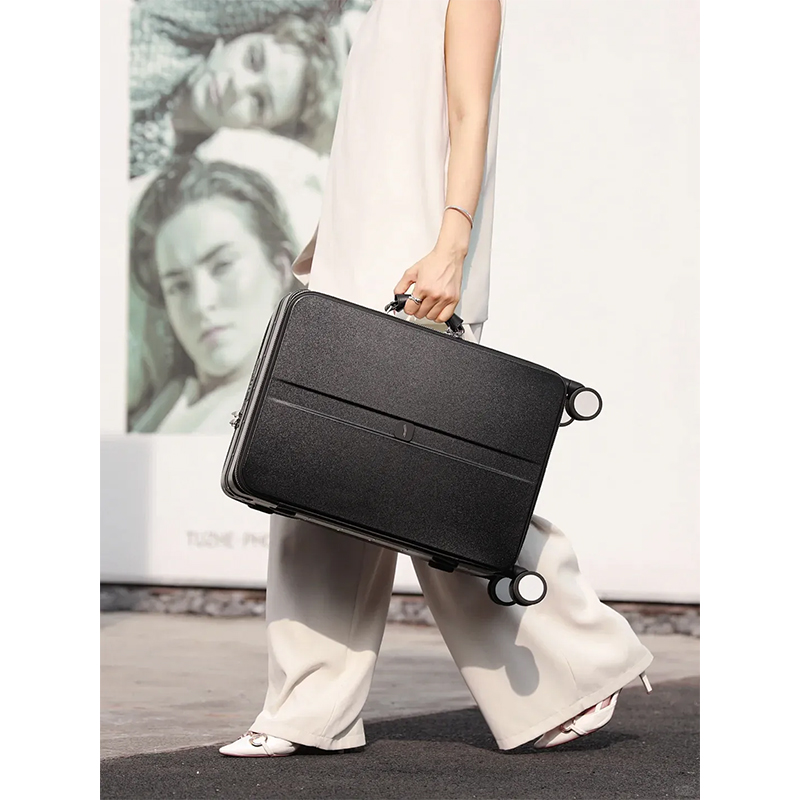The Russia–Ukraine war has shaken the global economy through energy price shocks, inflation, disrupted supply chains, and sanctions. For Italy, a country both reliant on imported energy and deeply tied to tourism and luxury fashion exports, the consequences have been pronounced. The Italian luggage industry—anchored by both luxury heritage brands and value-oriented exporters—has had to navigate higher costs, shifting tourist flows, and growing sustainability regulations. Yet Italy’s booming tourism recovery and strong “Made in Italy” brand equity provide resilience and long-term growth opportunities.
1) Macro-Economic Channels of Impact
Energy Crisis & Input Costs.
Italy is historically dependent on imported Russian gas. The war sent energy prices soaring in 2022–2023, driving up production, logistics, and raw material costs (PC/PP plastics, aluminum for frames, textiles for linings). Although diversified LNG and renewable imports eased pressures in 2024–2025, volatility remains a structural risk.
Inflation & Consumer Spending.
Italian inflation peaked above 11% in 2022, cutting disposable income and shifting consumer preference toward value-for-money luggage sets in online channels. Luxury and premium segments saw slower local demand, but international tourists continued to buy high-end “Made in Italy” luggage.
Airspace Closures & Aviation.
Rerouted Europe–Asia flights increased costs and lengthened times. Italy’s role as a Mediterranean hub (Rome Fiumicino, Milan Malpensa) meant airlines and airports bore higher costs, indirectly raising travel prices and affecting international tourist arrivals from Asia.
Sanctions & Trade Realignment.
Russian outbound tourism collapsed, directly hurting luxury sales in Italian fashion capitals (Milan, Rome, Venice). However, inbound demand from US, Middle East, and Asia partially filled the gap, supporting suitcase demand in premium retail and airport duty-free.
2) Italy’s Tourism & Travel Demand
Tourism recovery: Italy remained among the world’s top 5 destinations. In 2024–2025, overnight stays and international arrivals surpassed pre-pandemic levels, with US and European visitors driving growth.
Air passenger traffic: Italian airports exceeded 2019 benchmarks in 2025, with Rome and Milan reporting record summer flows.
Domestic travel: Inflation encouraged shorter domestic trips, fueling demand for cabin-size luggage, backpacks, and soft-shell weekend bags.
Tourism resilience anchors long-term demand for suitcases in Italy, especially in carry-ons and medium-size hard-shells.
3) Implications for the Italian Luggage Industry
Demand Trends
Hard-shell (PC/PP) remains dominant for durability and lightweight features.
Two-piece sets in the €119–199 range sell strongly online and in mid-market retail.
Premium & luxury—Italy’s specialty—focused on aluminum-frame, leather-trim, and branded collections (Rimowa-style, Bric’s, FPM Milano).
Soft-shell & duffels also retain share for domestic and road-trip usage.
Costs & Margins
Rising input and energy costs squeezed margins, particularly for exporters. Value brands had to streamline logistics and packaging, while luxury labels relied on brand equity and global pricing power to pass on costs.
Retail Channels
E-commerce: Amazon.it, Zalando, and brand-owned DTC shops (Bric’s, Piquadro) dominate.
Airport & travel retail: Duty-free sales in Rome/Milan airports show strong rebound.
Luxury flagships: Milan’s Via Montenapoleone and Rome’s Via Condotti remain global showcases for high-end Italian luggage.
4) Regulation & Sustainability
GPSR (General Product Safety Regulation): Effective Dec 2024 across the EU; Italian exporters must maintain full compliance (labeling, traceability, EU operator).
PFAS restrictions: EU’s 2025 proposal under review; manufacturers using water-repellent coatings must adopt fluorine-free DWR.
Sustainability pressure: Italian consumers—especially younger generations—demand eco-friendly materials (rPET linings, recycled shells, vegetable-tanned leather) and repairable suitcase parts.
5) Forecast 2026–2030
Base Case CAGR: 5–7% growth, in line with EU average.
Volume drivers: Lightweight PC/PP sets, cabin luggage, under-seat personal items.
Premium drivers: Luxury collaborations, aluminum-frame, leather-trimmed, eco-certified designs.
Risks: Energy volatility, inflationary aftershocks, dependency on tourism flows.
Upside: Italy’s world-leading tourism + luxury heritage provide a strong structural advantage.
6) Strategic Recommendations
Product Portfolio:
Entry: 20” carry-on + 24” medium PP/PC sets (value).
Mid: Cabin-size hybrids with laptop pockets and rPET linings.
Premium: Aluminum-frame + Italian leather trims; limited editions for airports & luxury boutiques.
Channel Strategy:
Optimize Amazon.it & Zalando SEO for value lines.
Leverage airport retail with premium exclusives.
Highlight “Made in Italy” craftsmanship in global luxury campaigns.
Messaging Keywords: leggero (lightweight), durevole (durable), ecologico (eco-friendly), riparabile (repairable), PFC-free, riciclato (recycled materials).
Conclusion
The Russia–Ukraine war reshaped Europe’s economic landscape through energy shocks, inflation, and travel disruption, but Italy’s tourism strength and luxury branding helped cushion the blow. The Italian luggage industry is positioned for steady 2026–2030 growth, anchored by carry-on demand, mid-market two-piece sets, and premium “Made in Italy” collections. Companies that align with sustainability, compliance, and e-commerce optimization will gain the largest competitive advantage.
Post time: Sep-30-2025
